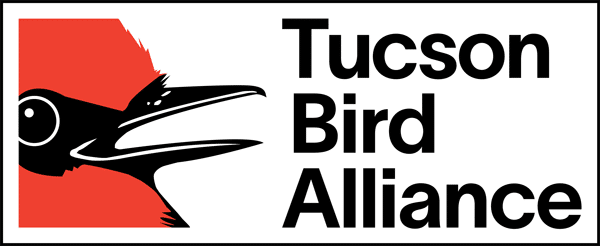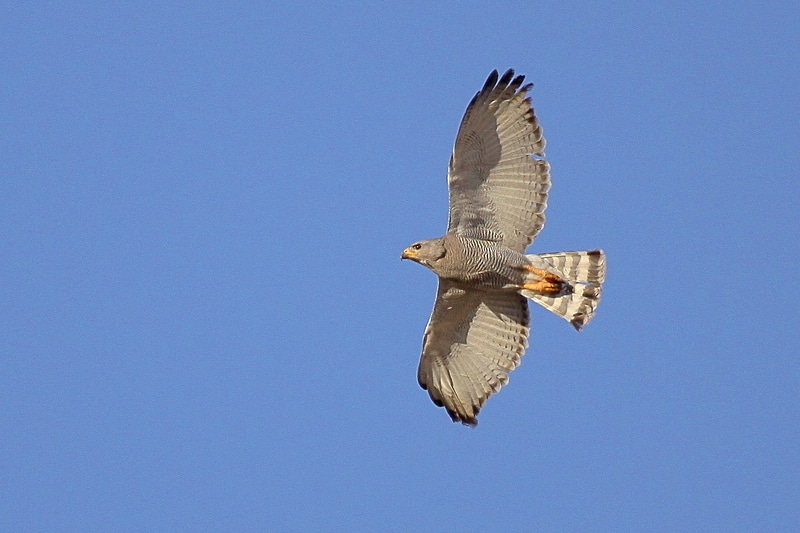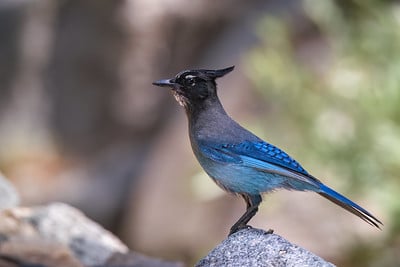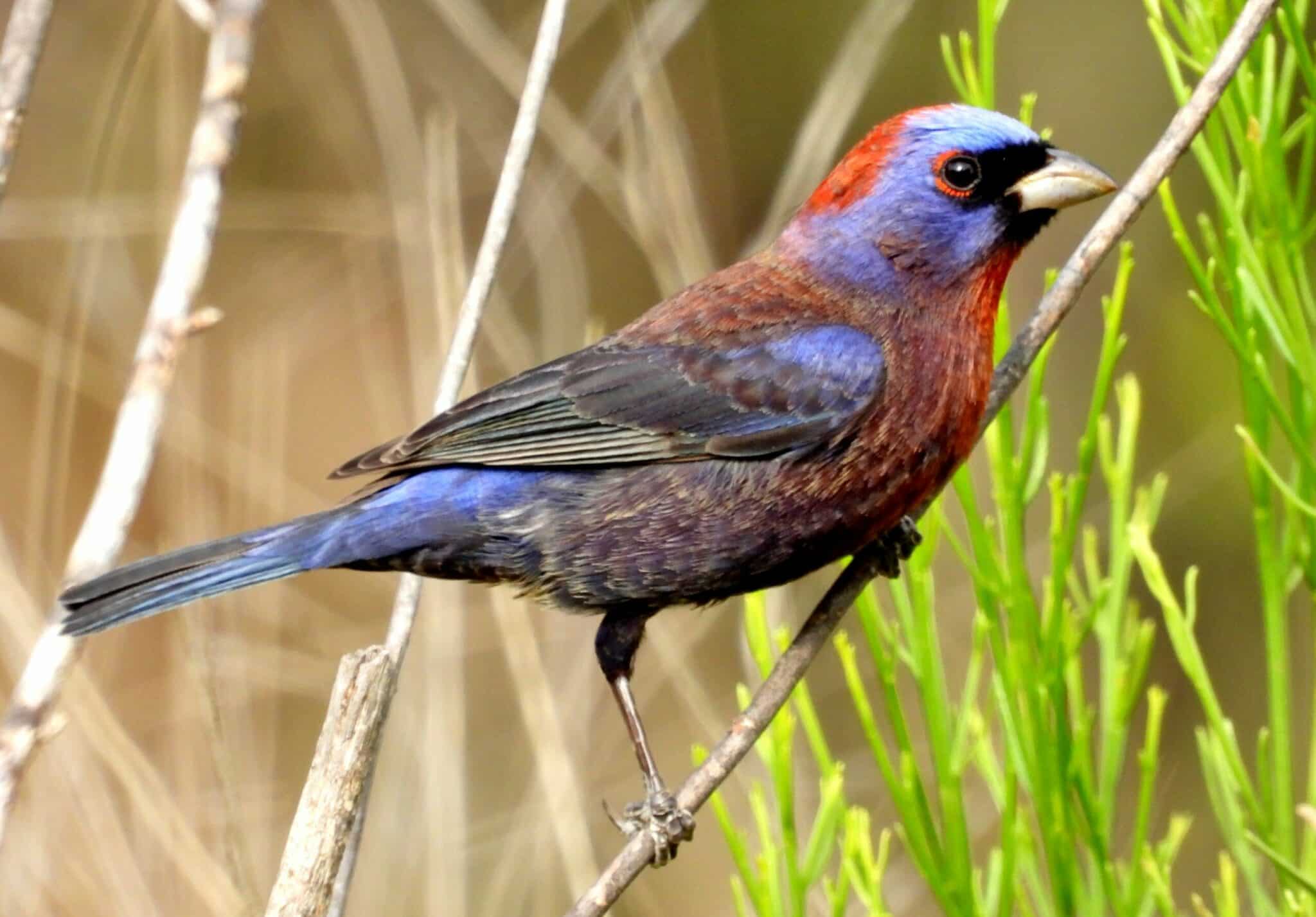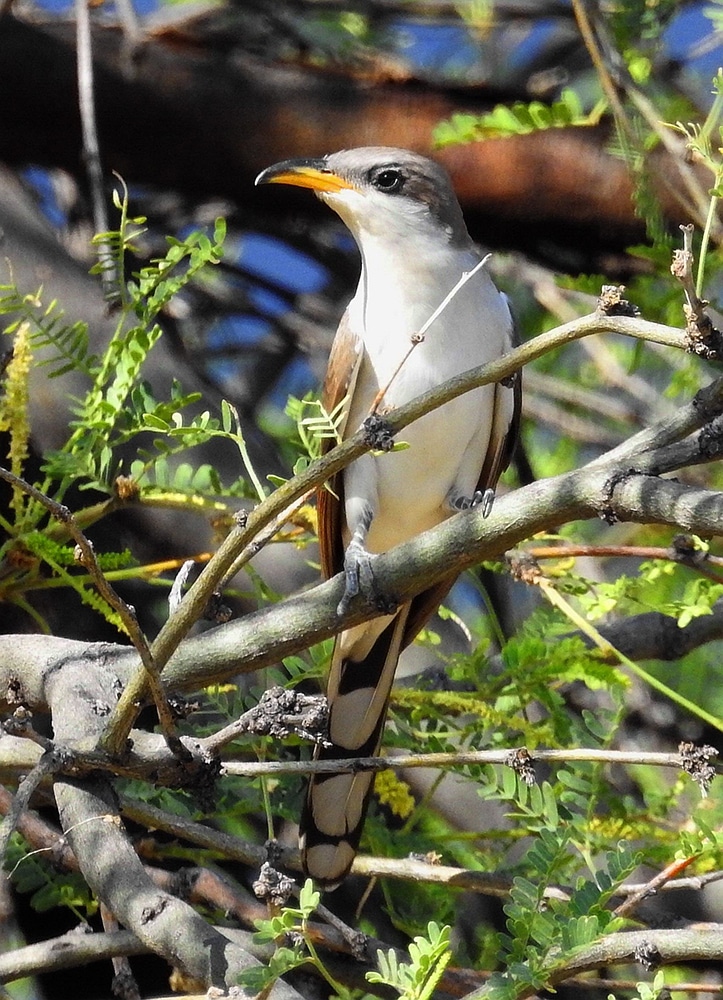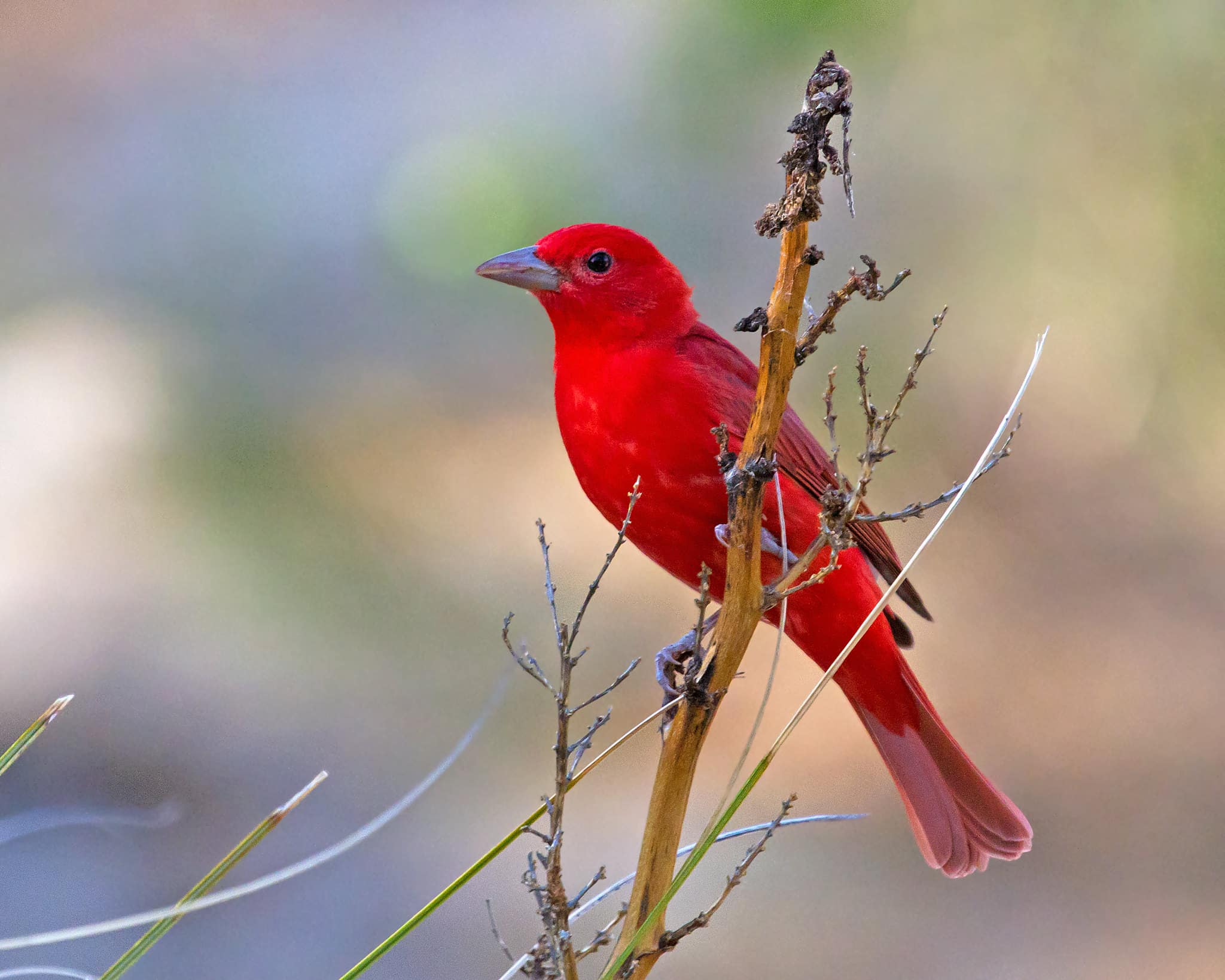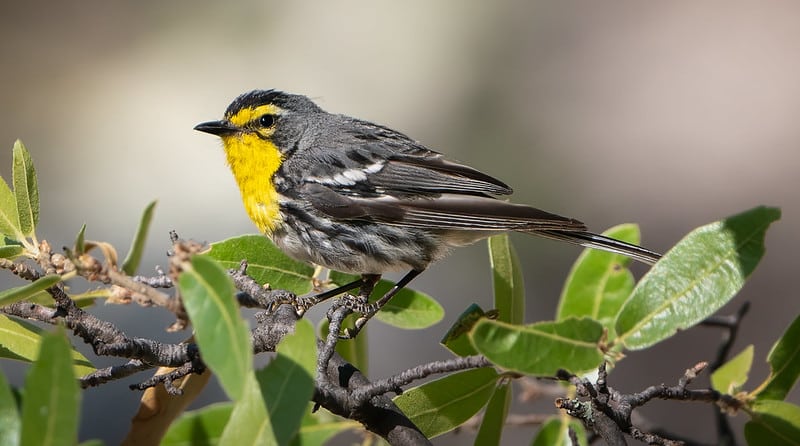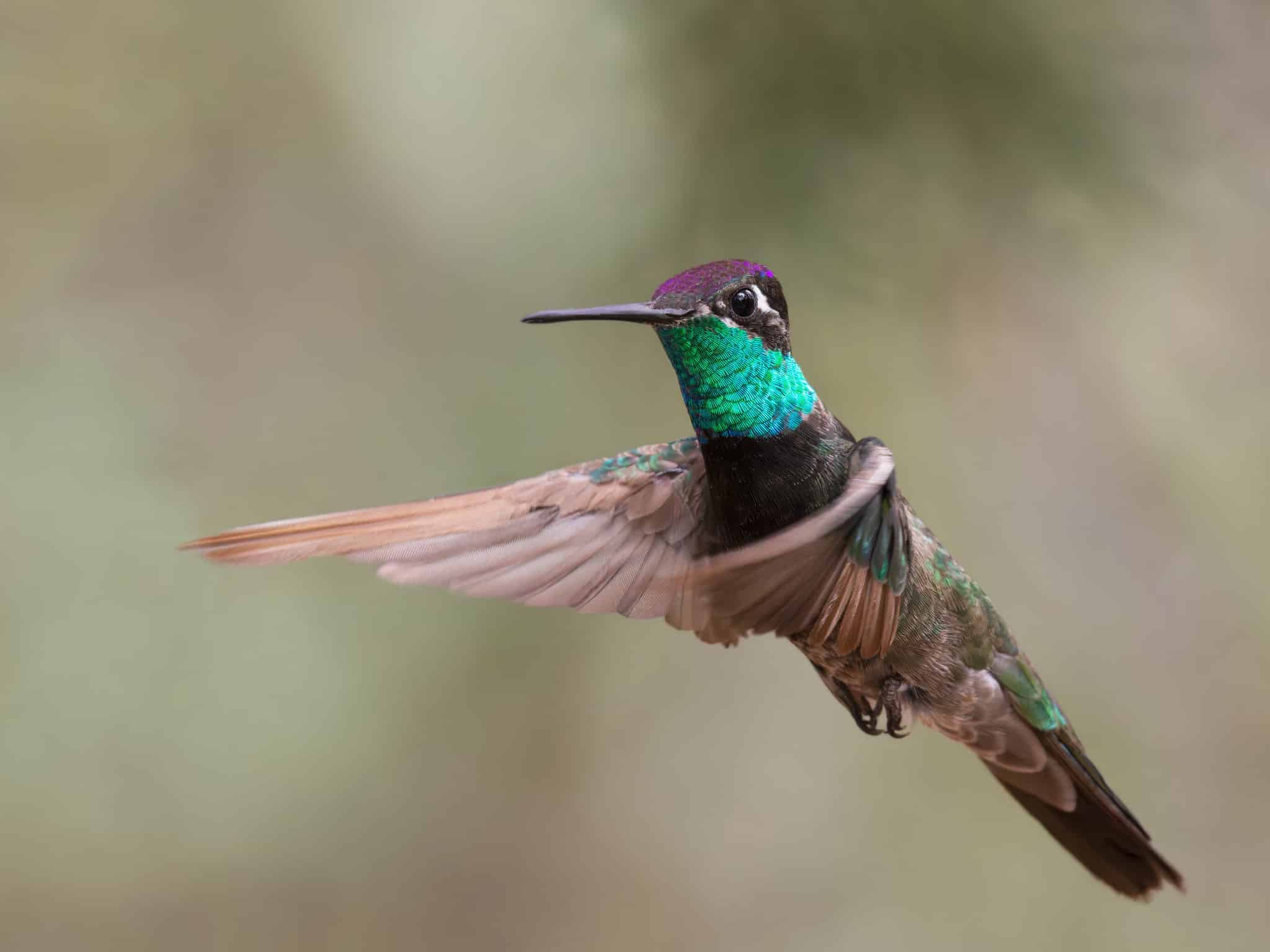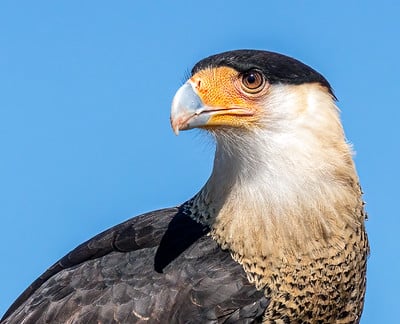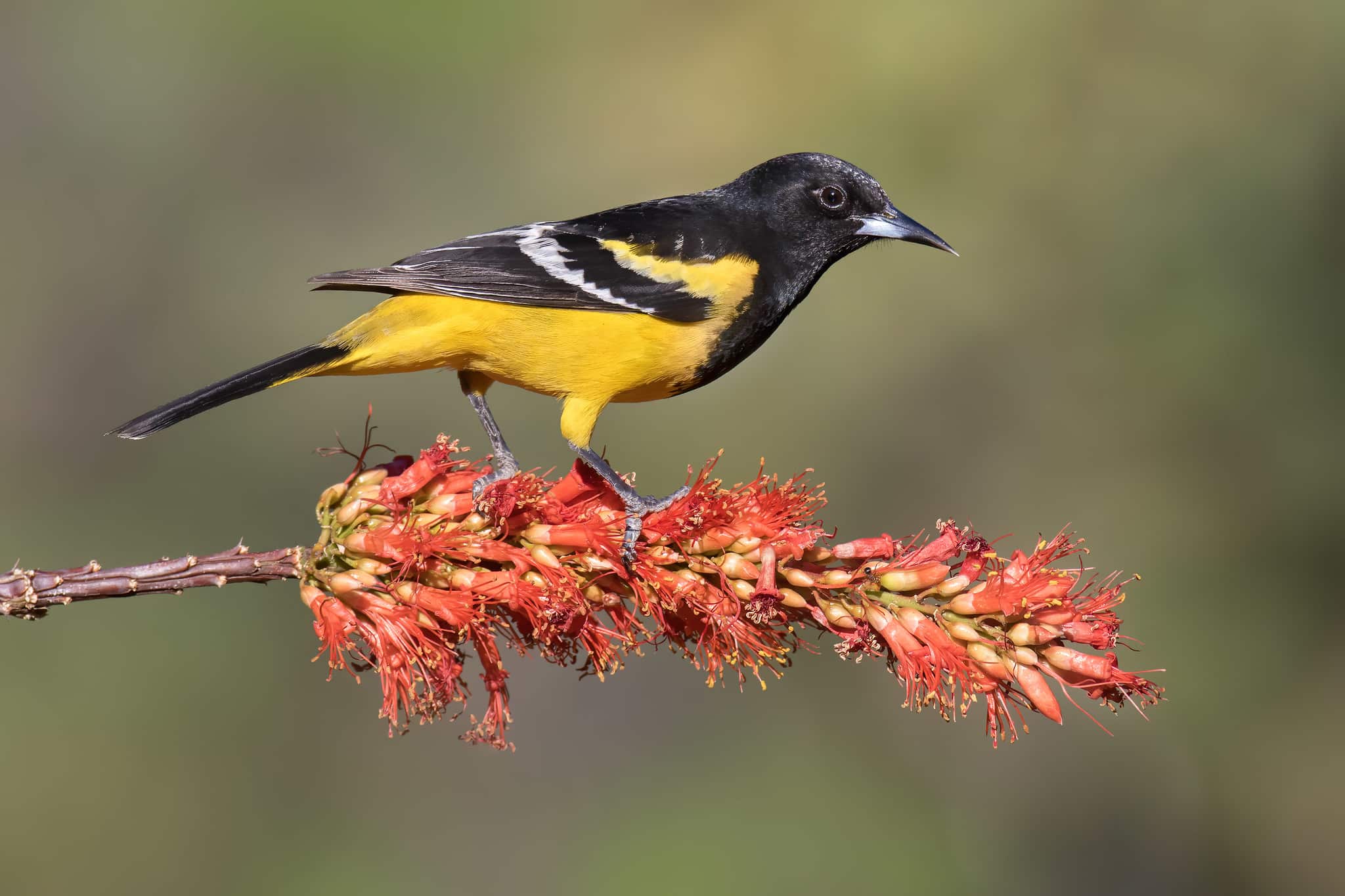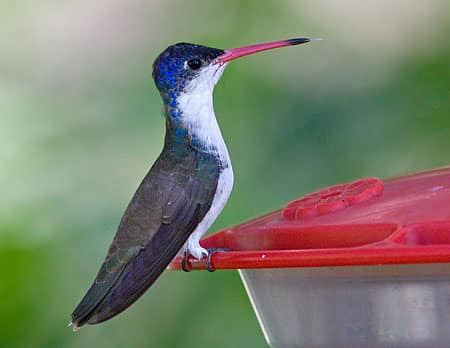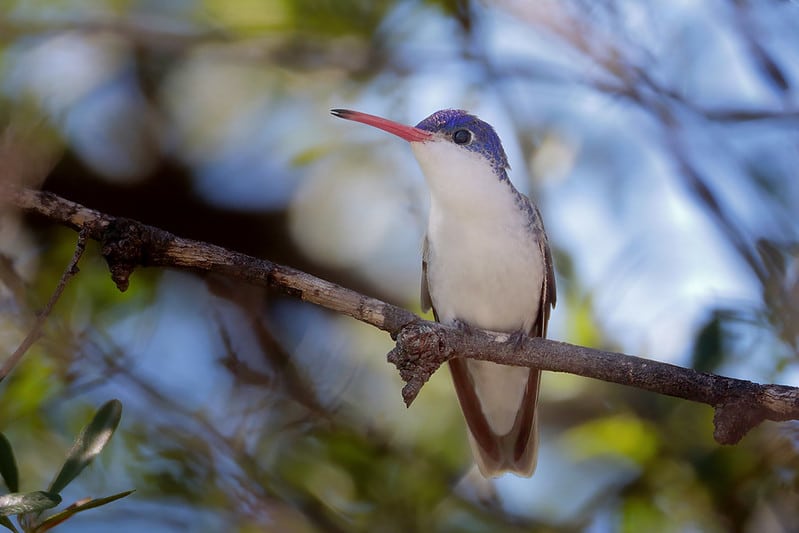Difficulty: Easy (Flat walking trails. Drive time to location approximately one hour.)
A stroll through this lush riparian corridor along the Santa Cruz provides many opportunities for migrants, Gray Hawks, flycatchers, and hordes of Yellow-breasted Chats. Rose-throated Becard, whose nests look like a large football hanging from the end of a branch, have nested along this trail the past few years. Monsoon rains will dictate the portions of the trail we walk. Urban Habitat Restoration Program Manager Kari Hackney will also share how Tucson Bird Alliance and the Tubac Nature Center are partnering together to preserve this beautiful area. Limited to 9 participants.
Gray Hawk by Axel Elfner
